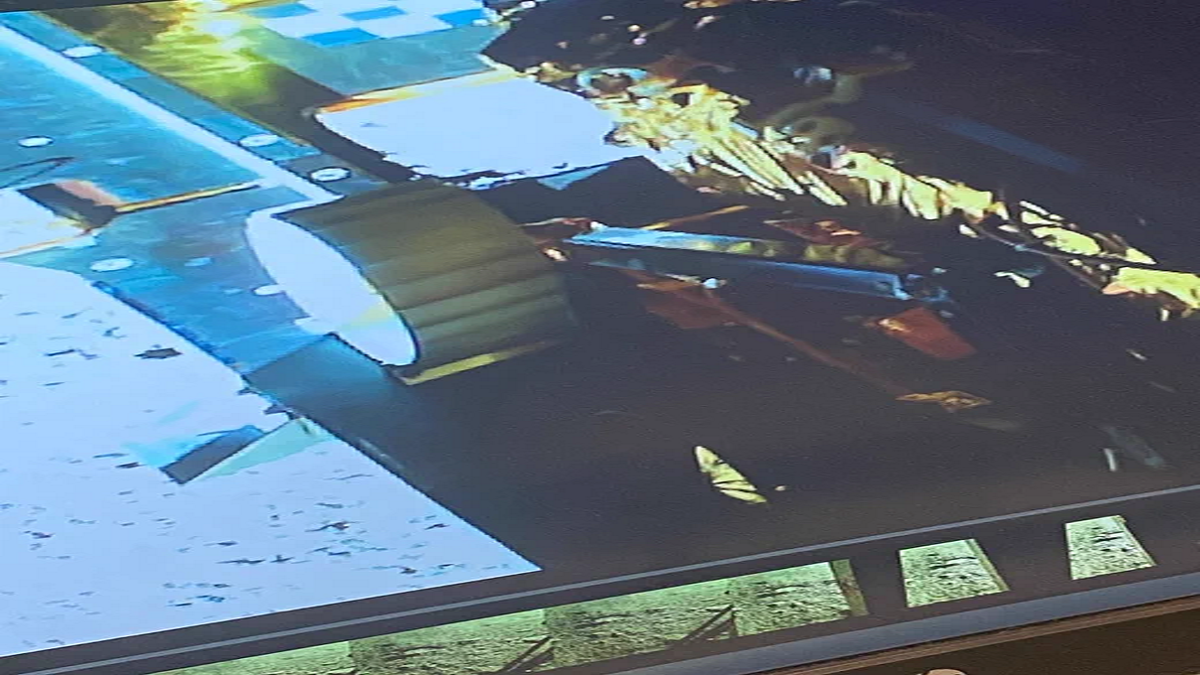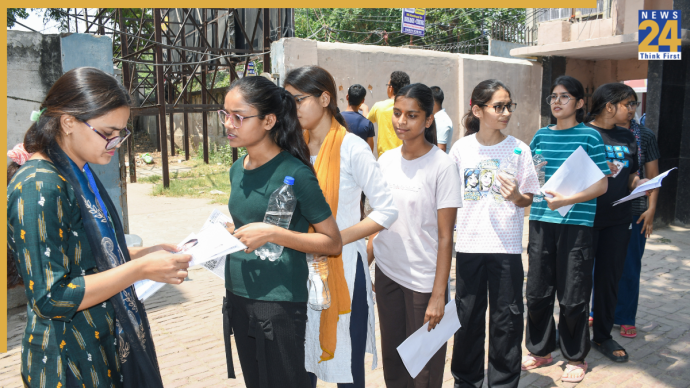Chandrayaan-3 Update: In a historic moment, Chandrayaan-3 successfully landed on the moon’s surface on Wednesday evening. The spacecraft captured the very first image of the Pragyan rover flashing out of the ‘Vikram’ Lander on the ramp.
‘Vikram’ Lander selected the landing location on the lunar surface to touch down, its camera depicted the image of the surface.
After the soft landing with four legs, Vikram soon engaged in its work of capturing photos with its camera and sending the data to the earth. The picture also depicted a portion of Chandrayaan-3’s landing. ISRO noticed, “a leg of its accompanying shadow.”
Rare feat
The space agency said that Chandrayaan-3 has selected a relatively flat surface on the Moon. The agency has informed us that the communication link was already set up between Vikram Lander and ISRO’s Mission Operations Complex (MOX). MOX played a crucial role in the recent achievement of India becoming the first country to successfully reach the uncharted south pole of the Moon. It is located at the ISRO Telemetry, Tracking and Command Network (ISTRAC).
Lunar Module
The Lunar Module (LM), consisting of the lander named Vikram and the rover named Pragyan, achieved a historic touchdown near the Moon’s south polar region, marking a significant milestone in space exploration. The event occurred at 6:04 pm on a Wednesday.
Following the successful landing, the Indian Space Research Organisation (ISRO) released a statement attributing words to the spacecraft, stating, “India, I reached my destination.” ISRO, celebrating the accomplishment, took to the platform known as X (formerly referred to as Twitter) to convey the message, “India, I reached my destination and you too!” The message from ISRO confirmed that Chandrayaan-3 had achieved a successful soft landing on the lunar surface.
Lander & Rover
Both the lander and the rover are designed for a mission duration of one lunar day, equivalent to around 14 Earth days, during which they will conduct studies of the lunar surroundings. Although ISRO officials acknowledge the possibility of extending their operational lifespan for another lunar day, it remains uncertain.
Astronomers and scientists speculate the presence of valuable mineral resources and ice in the Moon’s unlit regions. The exploration efforts extend beyond surface analysis, encompassing the study of the sub-surface and exosphere. The rover’s communication with Earth will be facilitated through an orbiter borrowed from the Chandrayaan-2 mission. Essential surface analyses will be carried out by capturing images from a distance of 100km.













